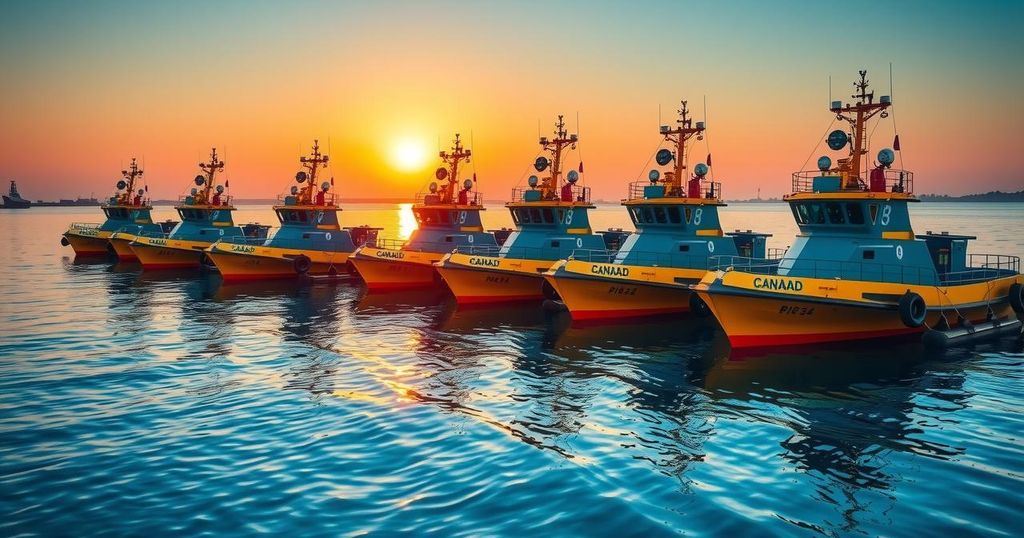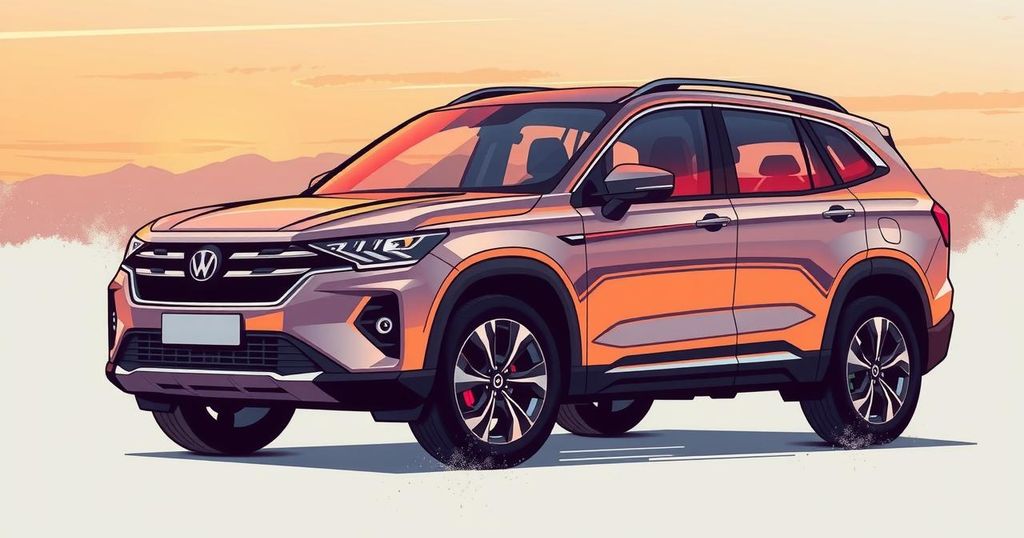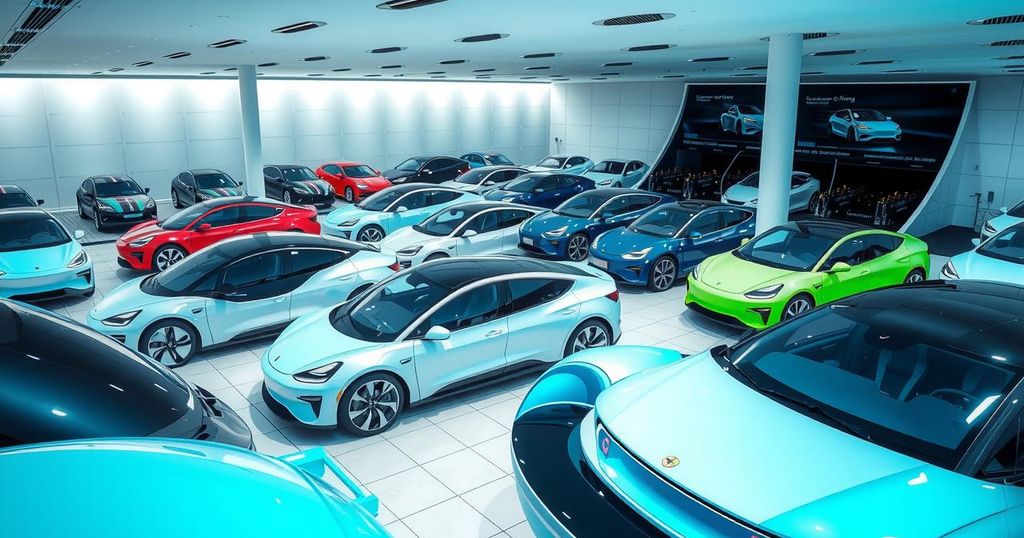Cars
AFRICA, ASIA, AUSTRALIA, AUTOMOTIVE, AUTOMOTIVE INDUSTRY, BRAZIL, COCHIN, COCHIN SHIPYARD INDIA, COLOMBIA, CUBA, EGYPT, FIFI - 1, INDIA, INDUSTRY, LATIN AMERICA, MARKETING, NEW SOUTH WALES, NEWCASTLE, NORTH AMERICA, OCEANIA, POLESTAR MARITIME, PORT OF NEWCASTLE, ROBERT ALLAN LTD, SOUTH AFRICA, SOUTH AMERICA, SUSTAINABILITY, TOWAGE, TRANSPORTATION
David O'Sullivan
0 Comments
Tug News Roundup: Focusing on Canadian Designs and Global Deliveries
- Delivery to Australia marked recent expansion in tugboats.
- Cochin Shipyard received client order for two new tugs.
- Ultratug Colombia commissioned a new harbour tug.
- Svitzer Brazil enhances its operational capacity with three new tugs.
- Svitzer Australia welcomes a new harbour tug in Newcastle.
Canadian Tug Designs Take Center Stage in Global Deliveries
In a series of noteworthy developments on the tugboat front, several significant deliveries and orders have been reported, all notably featuring Canadian vessel designs. Recent deliveries include a tug sent to an Australian towage company and another intended for the Egyptian Navy. Meanwhile, orders have been placed for new tugs intended for operations in countries like India, Brazil, and Colombia, with all five tugs spotlighted this week being products of a single design firm.
Polestar Maritime Expands Fleet with New Orders
One prominent order comes from Polestar Maritime, which has enlisted Cochin Shipyard Limited to build two new tugs with a bollard pull of 70 tonnes. This follows a previous contract for three similar vessels that were also commissioned from Udupi-CSL, which is a wholly-owned subsidiary within the Cochin Shipyard family. These upcoming tugs will incorporate designs from Robert Allan Ltd and will be constructed collaboratively at the Cochin yard.
Ultratug Colombia and Svitzer Make Significant Investments
Ultratug Colombia is also making waves, having recently contracted for a new harbour tug based on a design from Canadian naval architects Robert Allan Ltd. Scheduled for delivery in 2026, this tug will measure 24 metres in length, with a beam of 12 metres that will accommodate a crew of up to eight. Moreover, Svitzer has ramped up its operations in Brazil by ordering three tugs from Estaleiro Rio Maguari, each 23.2 metres long with a speed of 13 knots and outfitted for firefighting, demonstrating a commitment to meet both existing and future customer needs.
New Deliveries for Svitzer and the Egyptian Navy
In the Port of Newcastle, Svitzer Australia has recently welcomed its latest harbour tug, Svitzer Barrington, which is also a product of Robert Allan’s innovative design. This vessel, with an overall length of 32 metres and a beam of 13.7 metres, can achieve a remarkable speed of 14.4 knots and offers a bollard pull of 81 tonnes. Just as significant, is the Egyptian Navy’s acquisition of the Ras Alhekma, a terminal support and escort tug that boasts cutting-edge advancements for enhanced performance—again, developed by Robert Allan Ltd and built in Alexandria.
Innovations in Towage: Electric Vessels and New Tug Orders
Notably, Svitzer has recently embraced cutting-edge technology by taking delivery of its first fully electric tug, which is noted for its significant battery capacity and firefighting capabilities. This vessel represents a fascinating shift in towage operations towards sustainability. Meanwhile, across the sea, Rimorchiatori Napoletani, an Italian operating firm, has welcomed a new twin Z-drive tug, named Portosalvo, into its fleet, which is also designed by Robert Allan Ltd and will accommodate a crew of up to six. This demonstrates a growing trend towards eco-friendly technologies and enhanced operational capabilities in tug design.
The tugboat industry is seeing considerable developments, particularly through the influence of Canadian design. Recent orders and deliveries underscore a commitment to innovation, sustainability, and expansion. With companies like Svitzer and Ultratug leading the way, the future of towage appears promising, with significant investments being made in both technology and fleet diversification.




Post Comment